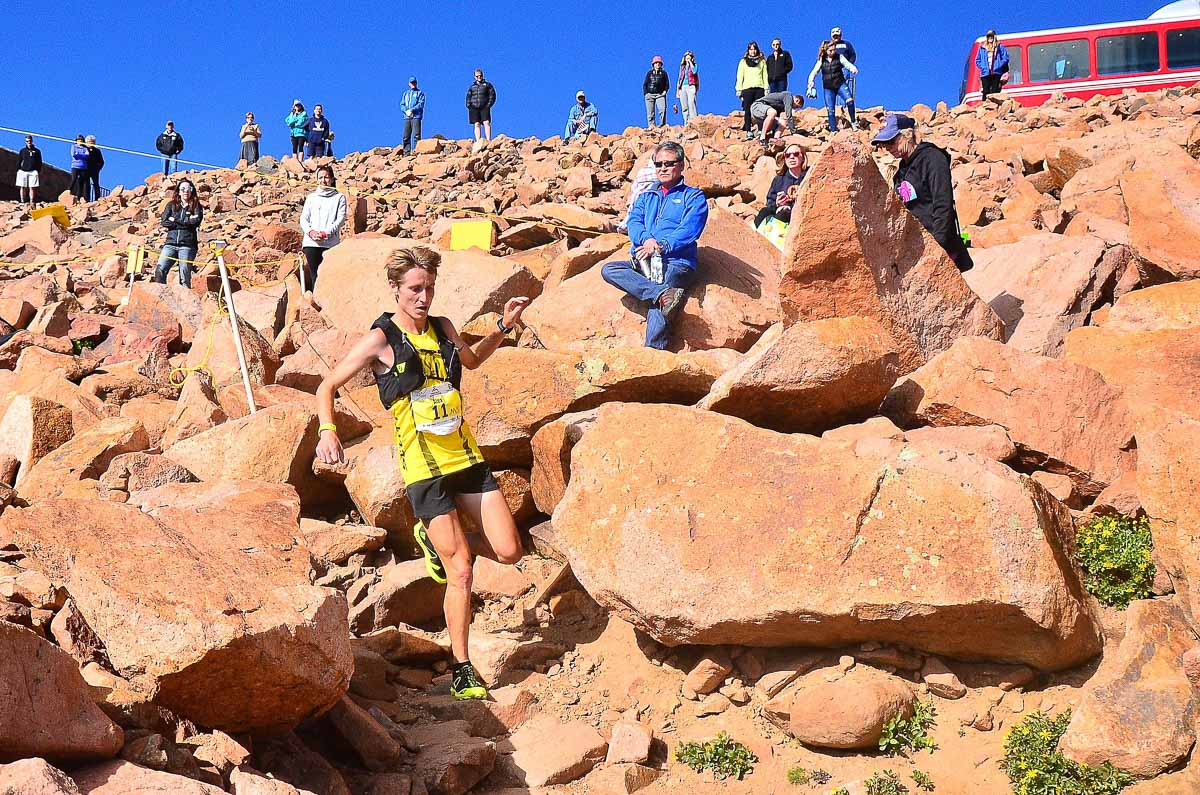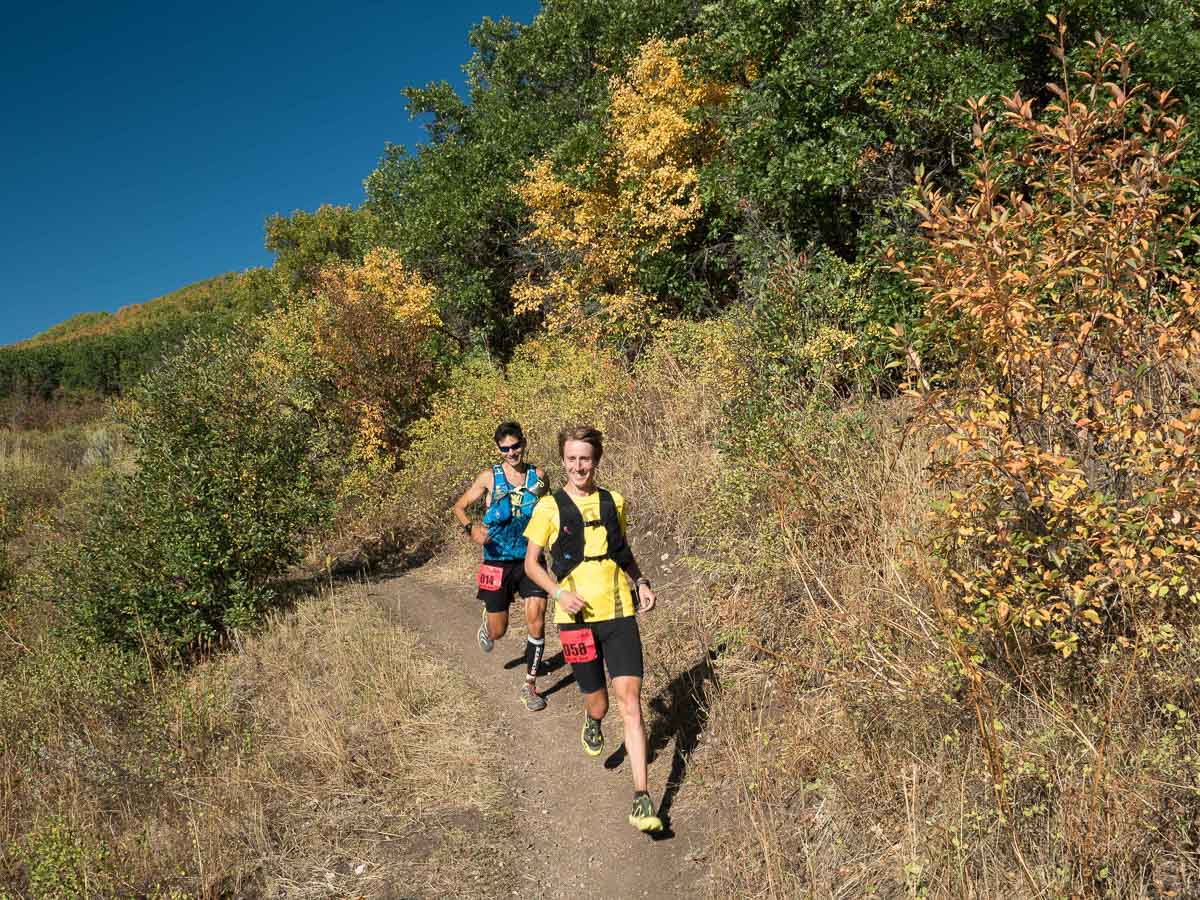There are a few recognized laws of training in the running world. These laws are well-understood principles that help us to train better and maximize performance.
One of those laws is the law of specificity. To put it simply, the law of specificity encourages specific training to meet the demands of a goal event. In its coaching education course, the United States Track and Field association explains, “The law of specificity states that the specific nature of a training load produces its own specific response and adaptations. The training load must be specific to both the individual athlete and to the demand of the chosen event (1).”
This is an idea that I have touched on before in this Always Improving column that can be very valuable when designing a training plan for a goal race. We need to be well-prepared to handle the specific challenge that we intend to undertake, and logically it makes sense to tailor our training to meet that challenge.
However, many runners end up scheduling their racing season based on what they enjoy, which doesn’t always correspond to a perfect training schedule. I, for one, have raced a 50-kilometer trail race one weekend, and followed that up with a 5k road race the next weekend.
It might not have been the ideal schedule, but it is what I wanted to do, and I had fun doing it. When I think of the law of specificity and the scenario of a calendar of different races, I start to wonder if specific training can sometimes be too specific for the real world.

Alex Nichols bounding down the rocky summit of Pikes Peak during the 2016 Pikes Peak Marathon. Photo: Tim Bergsten/Pikespeaksports.us
A basic theme that I have settled on over the years in my own training and coaching is that fitness is fitness. Even if someone is not perfectly trained for a particular race or event, they can still have a good amount of success by coming into the goal with a solid foundation of running fitness.
In the famous book Lore of Running, Timothy Noakes points out that some of the most accomplished ultramarathon runners in history were also talented in distances below 26.2 miles (2). The fastest ultrarunners in the world also have impressive shorter distance credentials, and regularly incorporate speed training and high-intensity work into their training programs.
Think of Kilian Jonet’s vertical kilometer 10k workout, or even Jim Walmsley’s 100k American record after his marathon training block for the Olympic Marathon Trials. Even though a typical 10k workout such as three times two-mile intervals might not be specific to a 50-mile trail race, that basic aerobic fitness can carry over to a much longer event.
Instead of being hyper-specific with training, a good approach for the real world of most runners would be to blend your training with a variety of stimuli. Identify some key aspects of your next goal race that you can work on, but at the same time, don’t neglect the basic building blocks of a normal running program.
I used this blended approach in 2016 when I raced and won the 2016 Pikes Peak Marathon and the Run Rabbit Run 100 Mile within a three-week period. I knew both races would have their share of running at elevations above 10,000 feet and would feature some very important downhills. Those were two specifics that I could focus on, but that was not the entirety of my training plan.
The two races were very different in distance and profile, so I focused my training block on higher altitude running and on making sure my legs could handle long downhills. At the same time, I continued to incorporate tempo runs and even shorter uphill intervals.
These high-intensity workouts might not have been the most specific training runs for a 100-mile mountain race, but they helped my overall fitness and made me a stronger runner over a variety of distances and terrains. The result of that varied training helped me be successful in both races despite their unique challenges.

Alex Nichols (right) running the 2016 Run Rabbit Run 100 Mile along with Sage Canaday. Photo: Joe Grant
The law of specificity certainly has value, but before worrying about the specific, I think it is just as important to consider running fitness in general. Even if your next race is a 100-miler with lots of vertical gain and loss, you might consider the benefits of an occasional flat and fast training session.
Your goal pace might be 15 minutes per mile on a difficult course, but it doesn’t mean that all of your running needs to be that exact pace on that exact terrain. It can be extremely beneficial to be less specific, and by training to be a well-rounded runner, you will have the ability to enjoy a variety of different challenges.
Call for Comments
- How specific do you get in training for your goal races?
- Do you often choose races that are wildly different in strategy and terrain, or stick to similar types of races?
References
- USATF Level 2 Endurance Events Curriculum
- Noakes, T. (2003). Lore of Running. Human Kinetics.
